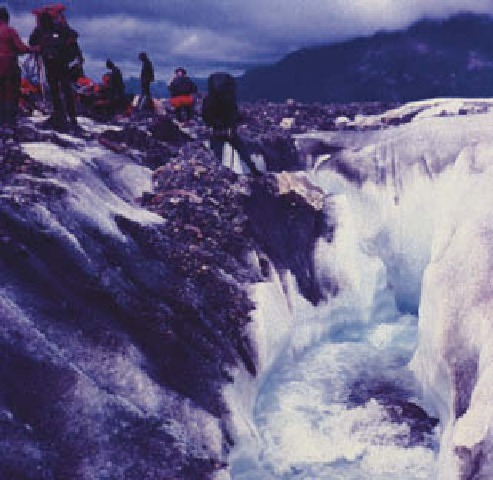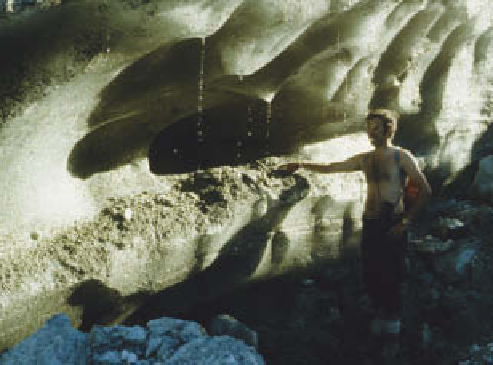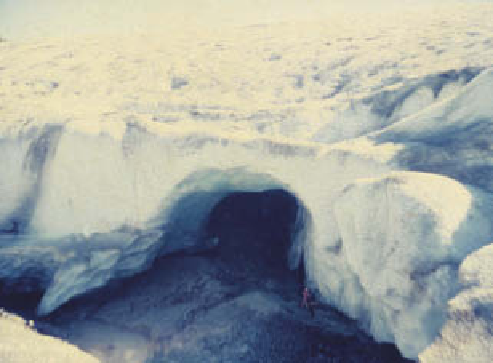Geoscience Reference
In-Depth Information
(a)
(c)
(b)
stream tube (a), supraglacial flow entering a Moulin (b) and a
discharge portal (c) all on the Lewellyn Glacier, Juneau Icefield.
Photos: Ken Addison
systems of contemporary glaciers and, in turn, to
reconstruct former glaciers from the landsystem they
created (
Figure 15.12
).
Each system develops a recogniz-
able assemblage and pattern from the general range of
glacial landforms. Later ice advances obscure or obliterate
earlier landforms where there is a sequence of glacial
stages. Within a single stage, or glacial event, ice sheet
growth at glacial maximum may occur between more
localized alpine glaciation phases, with the superimposi-
tion of landforms in areas common to both.
summits for sufficient accumulation to generate ice flow.
Tributary stream valleys and other sites sheltered from
prevailing winds and insolation, enlarged through
nivation
(see
Chapter 25),
are the first to collect snowbeds.
Steep mountain slopes, high precipitation and isothermal
warm-based ice combine to generate rapid glacier outflow,
which enlarges and deepens existing valley networks.
Advancing cirque glaciers coalesce into valley glaciers,
concentrating erosive power below their confluences.
Troughs develop characteristic parabolic cross-sections
typically 0·5-2·0 km deep and with upper rock walls
reaching 65-85
at their steepest above relatively flat
floors. Irregular long-profiles reflect extending and
compressive flow regimes, with rock basins excavated
below ice confluences or in structurally weak zones.
Riegels
or cross-valley barriers separate the basins and
Alpine erosional landsystems
Alpine glaciers tend to excavate linear
troughs
fed by in-
line and lateral tributary
cirques
. Glaciation commences
as regional snowlines fall far enough below mountain











































